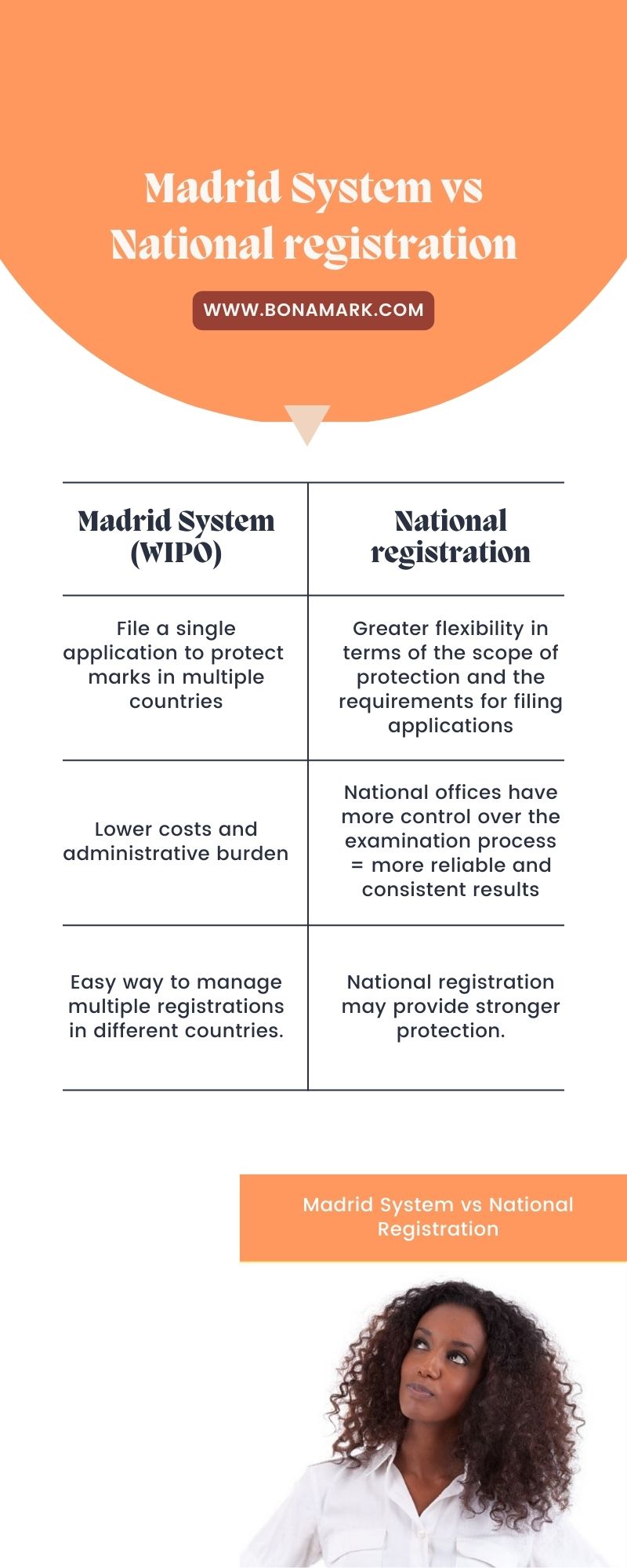How to Protect Your Brand Name Across the Globe?
Protecting your brand name across the globe involves a combination of trademark registration, monitoring and enforcement.
Protecting your Brand name by registering it as a trademark.
Trademark registration is the legal process of obtaining exclusive rights to use a specific brand for a particular type of goods or services. A trademark is a word, phrase, symbol, or design that identifies and distinguishes the source of goods or services of one party from those of another party.
When a brand is registered as a trademark is registered, the owner of the mark has the exclusive right to use the mark in connection with the specific goods or services that the mark is registered for. This means that others are generally prohibited from using a similar mark in connection with the same or similar goods or services.
The registration process typically involves filing a trademark application with the appropriate government agency.
Difference between a Brand and a Trademark
While the terms "brand" and "trademark" are often used interchangeably, they have different meanings.
A brand is a company's identity or image, which is created through a combination of various elements such as the company name, logo, tagline, design, reputation, and customer experience. A brand represents the overall perception that people have of a company, its products, and services.
A trademark, on the other hand, is a legally protected symbol, word, or phrase that a company uses to identify its products or services and to distinguish them from those of its competitors. A trademark provides legal protection to the owner, preventing others from using a similar mark that could lead to confusion among consumers.
In other words, a trademark is a specific legal tool that is used to protect the intellectual property rights of a brand.
How to Register Your Brand Name as a Trademark Internationally?
Step 1: Determine the countries of your interest. Getting protection in each additional country will cost extra as trademarks are territorial. This means that countries recognize only marks registered according to their local regulations.
Step 2: Determine the class or classes your services or products fall into. We have an entire article about trademark classes.
Step 3. Conduct a trademark search: Before you start using a brand name, conduct a comprehensive trademark search to ensure that the name is available for use and registration in your target markets.
Step 4. Register your trademark: Once you have determined that your brand name is available for use and registration, file for trademark protection in your target markets. This will give you legal rights to your brand name and prevent others from using it or registering similar trademarks.
Step 5: Monitor for infringement: Keep an eye out for potential infringers who may be using a similar brand name or logo in your target markets. You can use automated monitoring tools provided by Bonamark.
Step 6: Take legal action: If you find someone infringing on your brand name, take legal action to stop the infringement. This could involve sending a cease-and-desist letter, filing a lawsuit or taking other legal measures to protect your rights.
Step 7: Maintain your trademark active: Make sure to renew your trademark registration in each of your target markets to keep your legal rights intact.
2 Ways to Protect your Brands and Logos Globally.
Madrid System: The Madrid System is a centralized system that allows trademark owners to file a single international application to register their trademark in multiple countries. This system is administered by the World Intellectual Property Organization (WIPO) and currently has over 120 member countries.
National registration: You can also register your trademark in individual countries by filing applications with the national trademark offices of each country where you wish to obtain protection.

We compared pros and cons of each of the ways. Mainly, the Madrid System reduces the cost and administrative burden of filing separate applications in multiple countries and the national systems offer greater flexibility in terms of the scope of protection and the requirements for filing applications. Also, in some cases, national registration may provide stronger protection for trademarks than international registration.
How to protect your logos?
A logo is a visual symbol or design that represents a company, product, or service. If a logo is used to identify and distinguish the source of a product or service, it may be eligible for trademark protection.
A trademark is any word, phrase, symbol, or logo, or combination thereof, that is used to identify and distinguish the source of goods or services from those of others. A logo can be considered a type of design trademark, which means that it is a visual representation of a brand that is protected under trademark law.
Once the logo is registered as a trademark, the owner has exclusive rights to use the logo in connection with the goods or services for which it is registered. This means that others are generally prohibited from using a similar logo that could lead to confusion among consumers.
How to protect your designs from being stolen?
Copyright your designs: Register your designs with the appropriate government agency to obtain legal protection. In the United States, you can register your designs with the US Copyright Office.
Also, you may use watermarks or other visual markings to make it more difficult for others to copy or steal your designs.
Keep an eye out for potential infringers who may be using your designs without permission. You can use automated monitoring tools or hire a specialized service provider to help you with this. Using Google Search for images can be a cost-effective but a time consuming option.